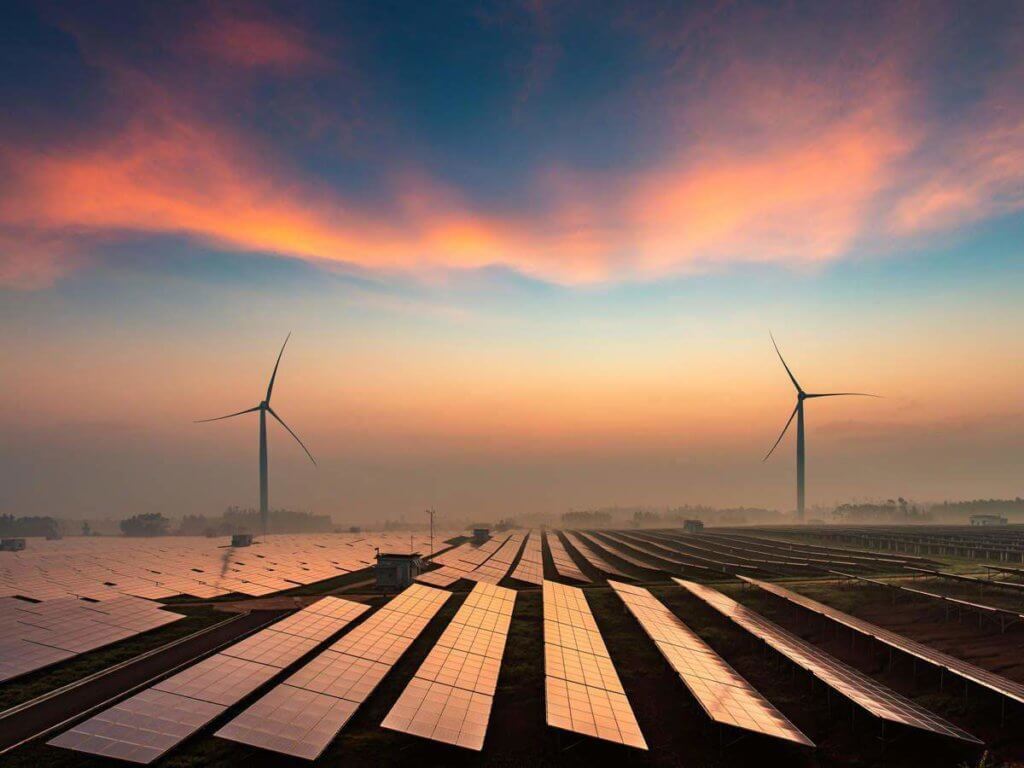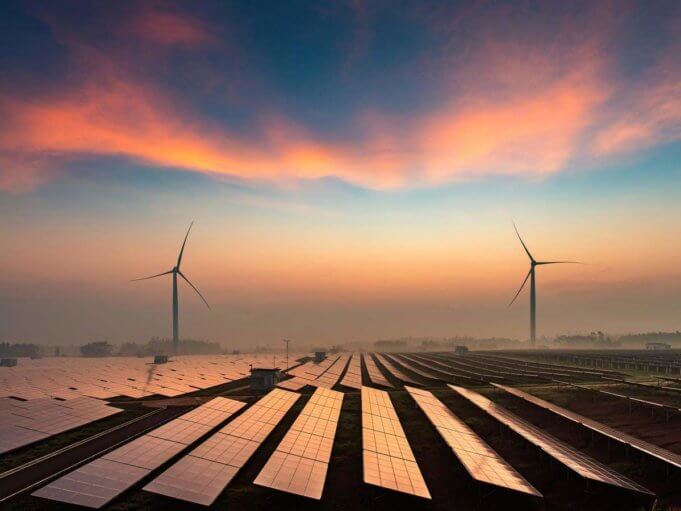 To contribute India’s commitment to increase non-fossil energy capacity to 500 GW by 2030, coal and lignite companies have planned to install additional 5,560 MW of renewable capacity in the country with an investment of over Rs 15,000 crore.
To contribute India’s commitment to increase non-fossil energy capacity to 500 GW by 2030, coal and lignite companies have planned to install additional 5,560 MW of renewable capacity in the country with an investment of over Rs 15,000 crore.
This will take the total installed capacity to seven GW. Coal India (CIL) alone has planned to install three GW of solar power in the next five years to achieve its net zero target.
A full-fledged sustainable development cell (SDC) in the coal ministry has been established to advise, mentor and plan action to minimise the adverse impact of mining.
Apart from suggesting the way forward, its implementation and monitoring, SDC is also formulating a future policy framework for environmental mitigation in the coal and lignite sector of the country.
Extensive work by CIL and its subsidiaries along with Singareni Coal Company (SCCL) and NLC India (NLCIL) has already started, effect of which could now be seen in some of these mining companies.
In the next five years, target is to cover more than 12,000 ha of land for plantation, which will help in having carbon sink potential to the tune of more than one lakh tonne per annum. Monitoring of such efforts is being done through remote sensing.
First-mile connectivity (FMC) is a major initiative by coal companies to minimise environmental pollution, where coal is being transported through conveyor belt from coal handling plants to silo for loading. This process eliminates movement of coal through road.
Taking a big step, 39 such projects have been planned to be commissioned by 2023-24 with an investment of over Rs 13,000 crore.
CIL alone will enhance its mechanical loading and transport of coal from the present level of 120 million tonne to 565 million tonne by 2023-24. These FMC projects will save diesel worth Rs 2,100 crore per annum. There will be a reduction in vehicle density by 2,770 trucks per hour paving the way for significant reduction in carbon emission.
Similarly, surface coal gasification projects have been planned for syngas production to be used further either for production of methanol/ethanol, urea or petrochemicals. This will be a way forward for use of the dry fuel as green coal with relatively lesser carbon footprintand environmental pollution, it added.
One such CIL joint venture (JV) project of 2.5 million tpa capacity is already in operation in Talcher Coalfield in Odisha. Other five projects with an investment of about Rs 30,000 crore is under formulation by various subsidiaries of CIL.
The use of LNG to substitute diesel consumption in mining and coal transport equipment has also been planned on a massive scale. A pilot project has been initiated in one of the coal companies. This technology will be replicated shortly in coal transporting dumpers in the first phase for substantial reduction in carbon footprint, the statement said.
On showcasing the clean environment front, 12 new ecoparks in mining area are under different stages of development in all the subsidiaries of CIL, SCCL and NLCIL, and will be completed by 2022.
Extraction of sand from overburden (OB) dump for use in construction is another unique initiative for sustainable development.











